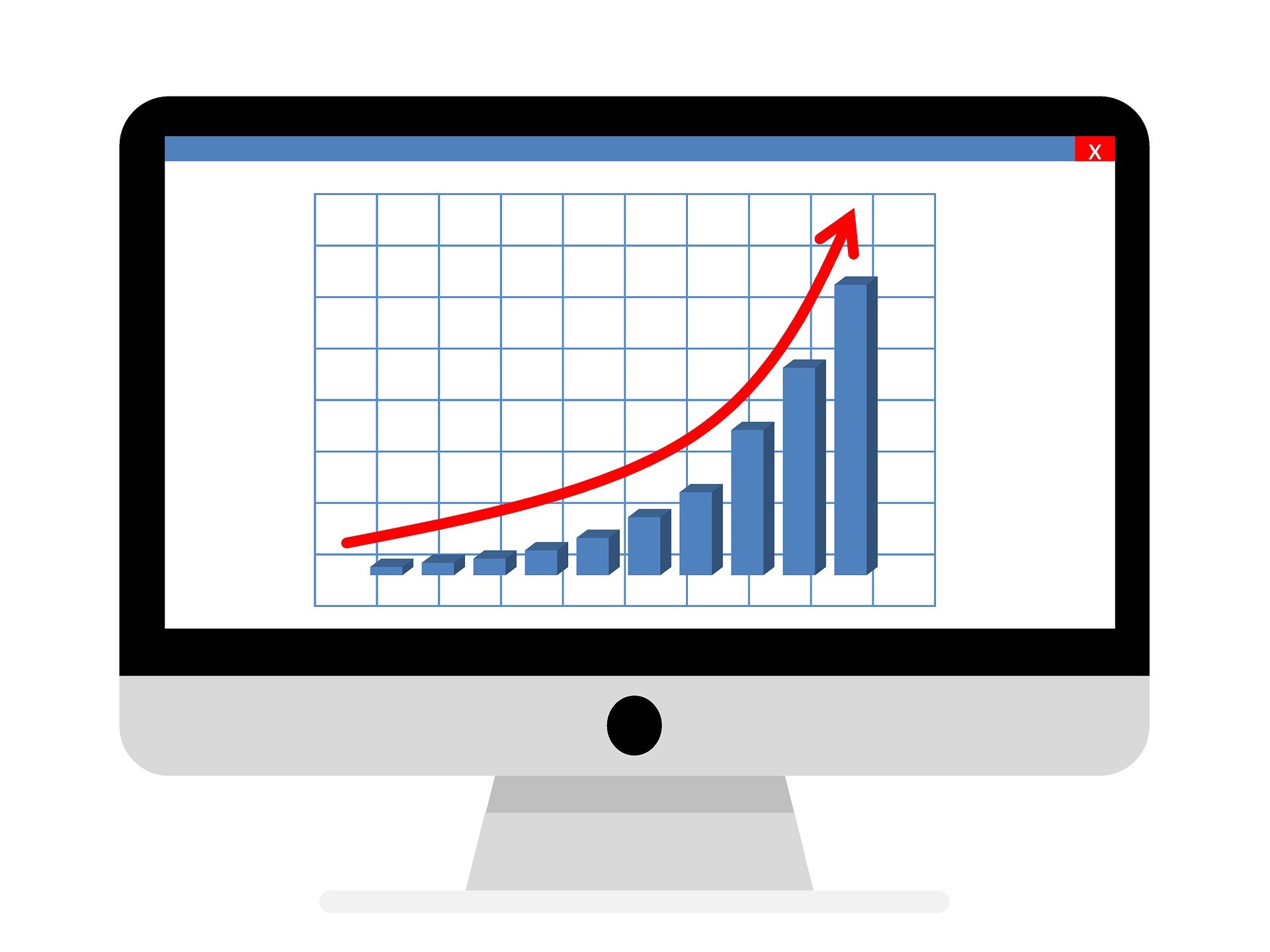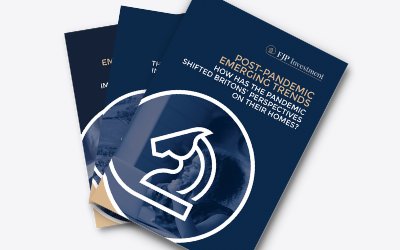A Year of Resilience: UK House Prices in 2024
In a year marked by economic uncertainty and the ever-looming shadow of inflation, the UK housing market has shown a robust resilience, with house prices climbing by 4.7% in 2024 according to the latest data from Nationwide Building Society. This article delves into the dynamics behind the growth of UK house prices, the implications for homeowners and potential buyers, and what the future might hold in this vibrant sector.
The Foundation of Growth
The 2024 housing market was not expected to thrive given the economic backdrop. With interest rates fluctuating and affordability concerns at the forefront, the average UK home price reached £269,426 by the end of December, a figure that, while below the peak seen in summer 2022, still represents a significant increase from the year’s start. This growth, despite the challenges, speaks volumes about the underlying demand within the UK housing sector.
One key factor behind this robustness has been the relative stability in mortgage rates. While there has been some volatility, the expectation of gradual interest rate reductions by the Bank of England has instilled a sense of optimism among potential buyers. This optimism was further fueled by the current fixed-rate mortgage landscape, where eight in ten customers enjoy a locked-in rate that does not change until their deal expires, usually after two or five years.
However, this stability comes with a caveat. Around 4.4 million mortgage holders are expected to face increased payments by 2027 as their fixed rates come to an end, potentially leading to a significant adjustment in spending power and market dynamics. The average increase in monthly mortgage repayments could be around £146 for those coming off fixed rates, which might cool down the market if rates do not fall as anticipated.
Regional Variations and Market Dynamics
The rise in house prices has not been uniform across the UK. Northern Ireland saw the fastest price growth, indicative of a recovering economy and perhaps the beginning of a new cycle in property investment in the region. Northern England also outperformed the south, suggesting a shift in where people are choosing to invest in property, possibly due to more affordable living conditions or remote working trends continuing to reshape residential preferences.
Terraced homes, in particular, have seen the fastest price increases, which could be linked to their popularity among first-time buyers or those looking to downsize without leaving urban environments. This trend might suggest a broader societal shift towards more sustainable and community-oriented living spaces.
Challenges for First-Time Buyers
First-time buyers in 2024 faced a mixed bag. The temporary relief from stamp duty on homes up to £425,000 was set to decrease, reverting to £300,000 in April, which might have spurred some urgency in the market. Yet, the overarching challenge remains the deposit barrier. With house prices outpacing wage growth, saving for a deposit has become increasingly daunting, especially in a rental market where prices have also been on an upward trajectory.
The resilience of the market, while good news for sellers, does little to alleviate the affordability pinch for those trying to enter the market. The hope for potential buyers lies in the predicted interest rate cuts, which could lower mortgage rates, making homeownership more accessible. However, this optimism is tempered by the uncertainty voiced by Bank of England Governor Andrew Bailey, who described the global economic landscape as “too uncertain” to predict rate movements with confidence.

The Future Outlook
Looking forward, several factors will play crucial roles in shaping the housing market:
Interest Rates: The trajectory of interest rates will be pivotal. A decrease could lead to a surge in demand, but any unexpected rise might cause a contraction.
Government Policy: Changes in housing policy, including modifications to stamp duty or incentives for first-time buyers, could have immediate effects on market activity.
Economic Recovery: The broader economic recovery, employment rates, and consumer confidence will directly influence buying behaviour.
Supply and Demand: The construction of new homes is not keeping pace with demand, particularly in areas where prices are rising the fastest. This supply constraint could either push prices higher or lead to a market correction if demand wanes.
The forecast for 2025 suggests a market that might see an initial spike in activity as buyers attempt to beat the new stamp duty thresholds, followed by potential stagnation if the economic or policy environment does not support continued growth. Lenders predict a 10% rise in mortgage lending for house purchases, but this optimism is questioned by some analysts who see this as overly ambitious given the current economic climate.
Conclusion
The 4.7% rise in UK house prices in 2024 as reported by Nationwide is a testament to the market’s resilience. However, beneath this growth lie layers of complexity and challenges, particularly for those aspiring to own a home. The interplay between economic policies, interest rates, and regional market dynamics will dictate the path forward. For now, the market stands at a crossroads, where the next moves by policymakers and global economic trends will determine whether this growth is a precursor to further prosperity or a temporary blip in an otherwise volatile landscape.
As we navigate through 2025, all eyes will be on how these factors unfold, shaping not just the property market but also the broader economic and social fabric of the UK.
ARE YOU READY TO START INVESTING?
Subscribe to our mailing list now for exclusive deals, investment guides and the latest information from the property market.







